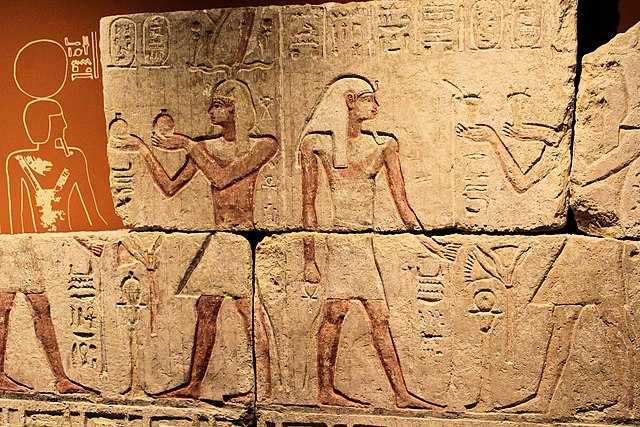Located in Middle Egypt, near the city of Mallawi, lies the fascinating historical site of Tuna el-Gebel. This ancient necropolis, once the burial ground for the city of Hermopolis, is a treasure trove of tombs, catacombs, and monuments that offer a glimpse into the rich history of ancient Egypt. Its unique blend of Greco-Roman and Egyptian architecture, coupled with its intriguing history, makes Tuna el-Gebel a must-visit for any history enthusiast.
Get your dose of History via Email
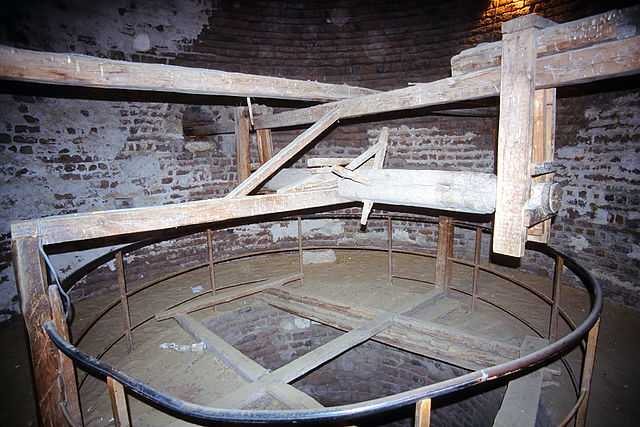
Historical Background
Tuna el-Gebel dates back to the Late Period of ancient Egypt, around the 7th century BC, and was in use until the Roman Period, around the 4th century AD. It served as the necropolis for the nearby city of Hermopolis, which was a significant center of worship and learning in ancient Egypt. Hermopolis was dedicated to Thoth, the god of wisdom, and Tuna el-Gebel became the final resting place for the city’s high priests and other important figures.
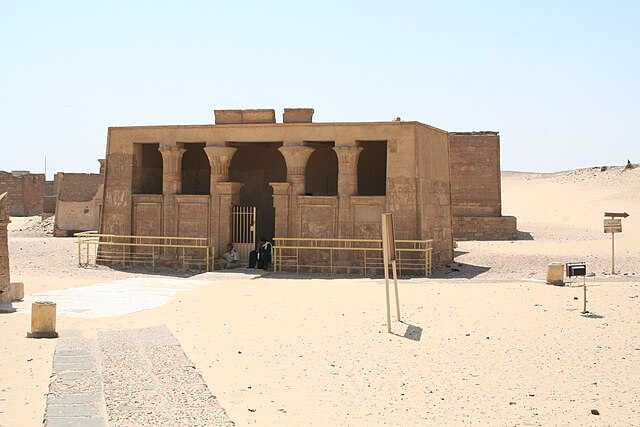
Architectural Highlights
The most striking feature of Tuna el-Gebel is the vast catacomb dedicated to the sacred animals of Thoth, particularly the ibis and the baboon. This catacomb, discovered in the 19th century, is estimated to contain the mummified remains of over four million ibises and thousands of baboons. The catacomb is a labyrinth of tunnels and chambers, extending over a kilometer into the limestone hillside.
Another notable feature is the tomb of Petosiris, a high priest of Thoth. This tomb is a remarkable blend of Egyptian and Greek architectural styles, reflecting the cultural fusion that occurred during the Ptolemaic Period. The tomb is adorned with detailed reliefs and inscriptions, providing valuable insights into the religious and social practices of the time.
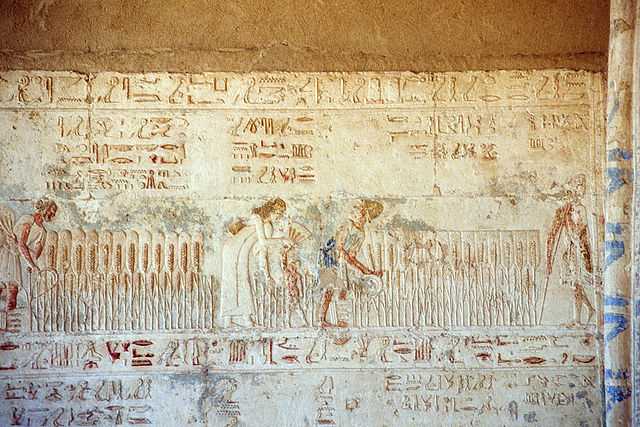
Theories and Interpretations
The sheer number of mummified animals in the catacomb has led to various theories about the role of animal cults in ancient Egyptian religion. Some scholars believe that these animals were seen as physical manifestations of the gods, while others suggest that they were offerings to the gods.
The tomb of Petosiris, with its blend of Egyptian and Greek elements, is seen as a symbol of the cultural syncretism that characterized the Ptolemaic Period. The Greek influence is evident in the Doric columns and friezes, while the Egyptian elements are seen in the hieroglyphic inscriptions and religious iconography.
Radiocarbon dating and stylistic analysis of the artifacts and inscriptions have been used to date the site. The astronomical alignment of certain structures, such as the tomb of Petosiris, with the rising sun during the winter solstice, suggests a sophisticated understanding of astronomy.
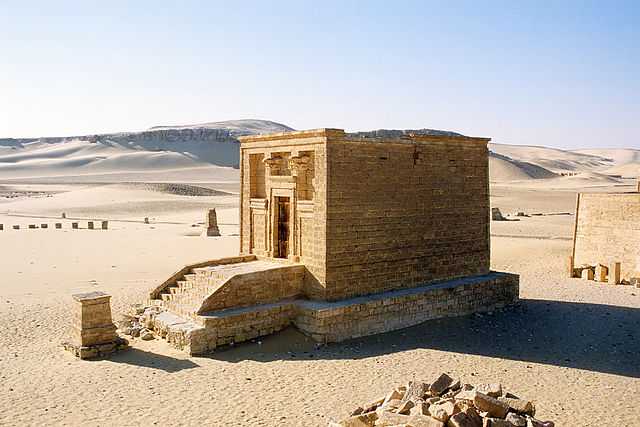
Good to know/Additional Information
One of the lesser-known but equally fascinating features of Tuna el-Gebel is the underground galleries of the Isadora tomb. This tomb is dedicated to a young woman named Isadora who drowned in the Nile in the 2nd century AD. Her tragic love story has become a local legend, and the tomb is often referred to as the “Egyptian Romeo and Juliet.”
Tuna el-Gebel is also home to several other tombs and monuments, including the tomb of a Roman governor and a chapel dedicated to the god Osiris. These structures, though less famous, offer additional insights into the religious and political dynamics of ancient Egypt.

